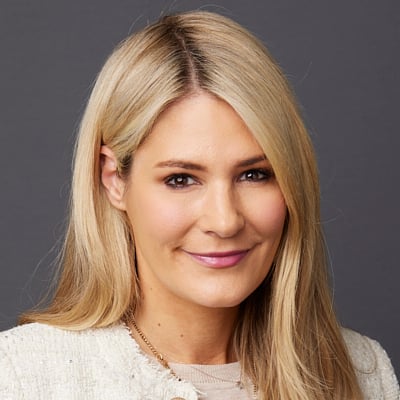Getting Judges to Engage With the Science Early in MDLs
In this article for The Am Law Litigation Daily, partner Christa Cottrell discusses the advantages of having education and explanatory court sessions early in multidistrict litigation.
Multidistrict litigation represents a massive, growing portion of the civil docket of federal courts.
With that in mind, the Litigation Daily sat down last month for a couple of conversations with defense lawyers who spend considerable time advising clients on MDL-related issues: Loren Brown and Matt Holian of DLA Piper and Christa Cottrell of Kirkland & Ellis.
Brown, the chair of DLA’s U.S. disputes department, and Holian the global co-chair of the firm’s life sciences sector, were among the team representing Sanofi in multidistrict litigation facing multiple pharmaceutical companies positing a link between cancer and the heartburn medication Zantac. In that MDL, U.S. District Judge Robin Rosenberg in West Palm Beach, Florida, issued a blockbuster ruling late last year knocking out the plaintiffs’ general causation experts.
Cottrell, meanwhile, has been part of the Kirkland team representing 3M in the massive multidistrict litigation claiming the company’s combat arms earplugs used by U.S. military personnel were defective and caused hearing damage. In the spring of 2022, she helped lead a trial team that got a defense win in a bellwether trial that had been hand-picked by the plaintiffs. That was before the central front in that dispute moved from the bellwether trials to the legal controversy over the bankruptcy of 3M subsidiary Aearo Technologies. All three defense lawyers agreed that the combination of nuclear verdicts in product liability cases, the ability of plaintiffs’ firms to find potential clients through targeted advertisement, and changing dynamics in the jury pool have created a risky environment for defendants in MDLs. But they also said getting the science and industry experts in front of the court early are tactics that are proving fruitful.
All three advocated using “science days” to get judges up to speed on the issues underlying the claims that they’re overseeing. “It’s really advancing that education as early as possible, in a way that the court doesn’t feel like it’s pure advocacy and biased for one side,” DLA’s Brown said. He said the core message defendants are often trying to get across to the court is “there’s some real issues here that warrant you treating us differently.”
“Getting that story out early I think serves as the functional equivalent of an offer of proof in a criminal sense. You’re giving them enough good faith reason to believe that this case might be different and might need to be treated differently,” Brown said.
Holian said he thinks many lawyers on the plaintiffs’ side understand that when there’s a threshold issue involved, they will have to deal with it sooner or later. “It’s actually a more efficient investment of their time and opportunity costs and dollars to get to that point sooner rather than later— particularly where the science is weak,” Holian said.
Cottrell said that under normal circumstances, defendants don’t often have a lot of chances to talk about the facts of their case as opposed to dealing with the plaintiffs’ allegations. “As defendants, I always say we argue motions to dismiss with both arms tied behind our back, we argue class cert with one arm tied behind our back and another in a sling,” she said. Even at summary judgment, Cottrell said, defendants are essentially fighting with just one hand. “We have very few times to tell our full story from start to finish until opening statements,” she said.
Cottrell said the point of “science days” or “industry days”—as they’re often called in her antitrust cases—is to lay out the core experts, the key documents, the chronology of events to set the table for the court for the rest of the case.
“I think you want to get in as early as possible, but at the point in the case where you know enough and can be really effective for your judge, but preferably before class cert,” she said. “The point is really to give your judge a framework to think about each of those major milestones.”
Cottrell said that when there’s resistance from the plaintiffs to have such a session, she tells clients it’s a win, either way to offer it to judges as an option. “They either want it or they don’t. And if they want it, we’re prepared to give it. And if it’s plaintiffs that have resisted, that’s a good look for us on the defense side,” she said. At the same time, she said that, if the court isn’t interested “we don’t push it.”
Holian said that courts are seeing each other have these sorts of sessions more and more often. “I think judges understand that they aren’t scientists, by and large, and they don’t want to get out ahead of the scientists,” he said. He added that one of the themes that he and his team have repeatedly raised is that the courts should follow the science, rather than be ahead of it. “The safety issues may have raised a question, but scientists should answer them not judges and not juries,” he said.

